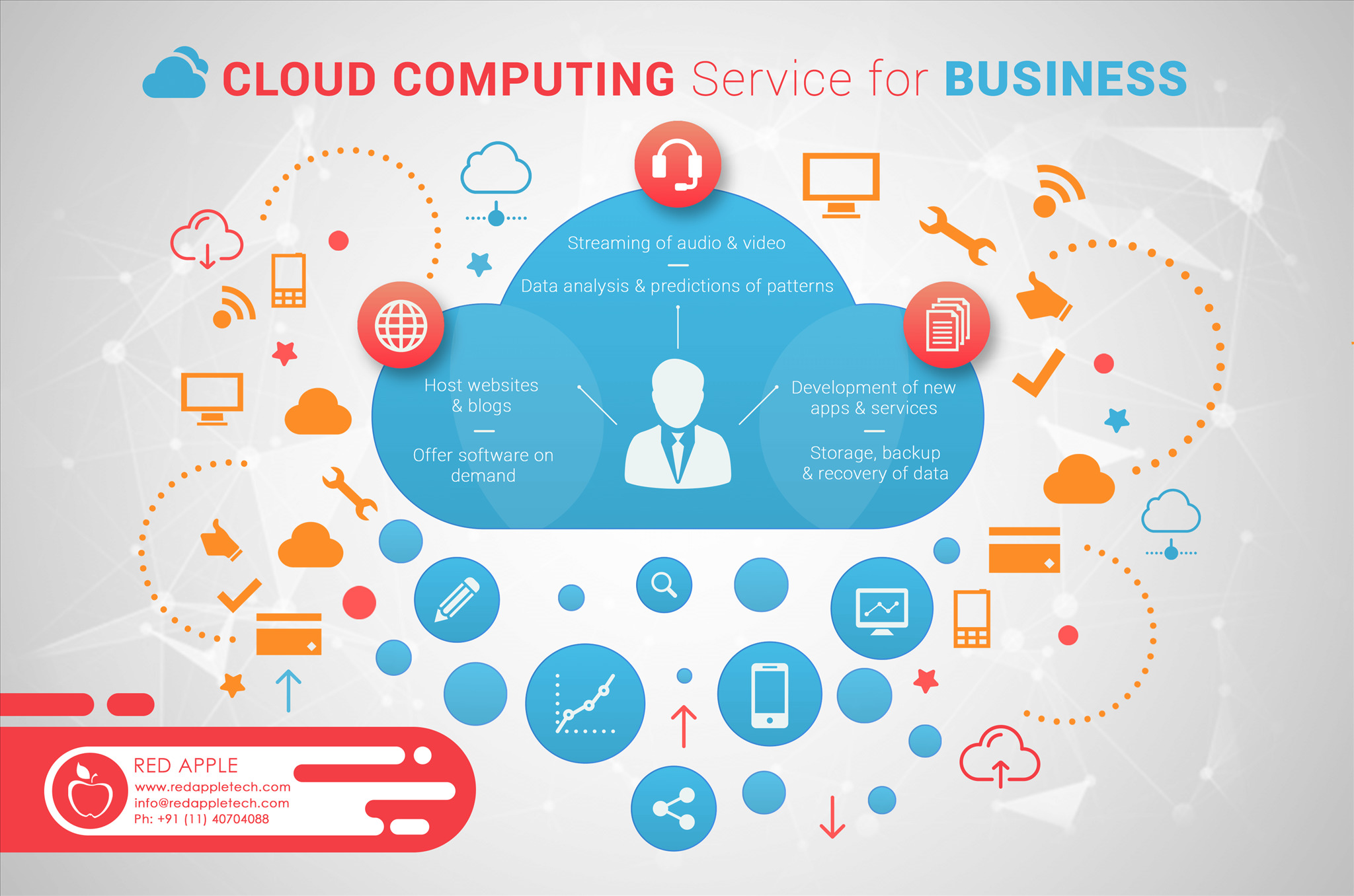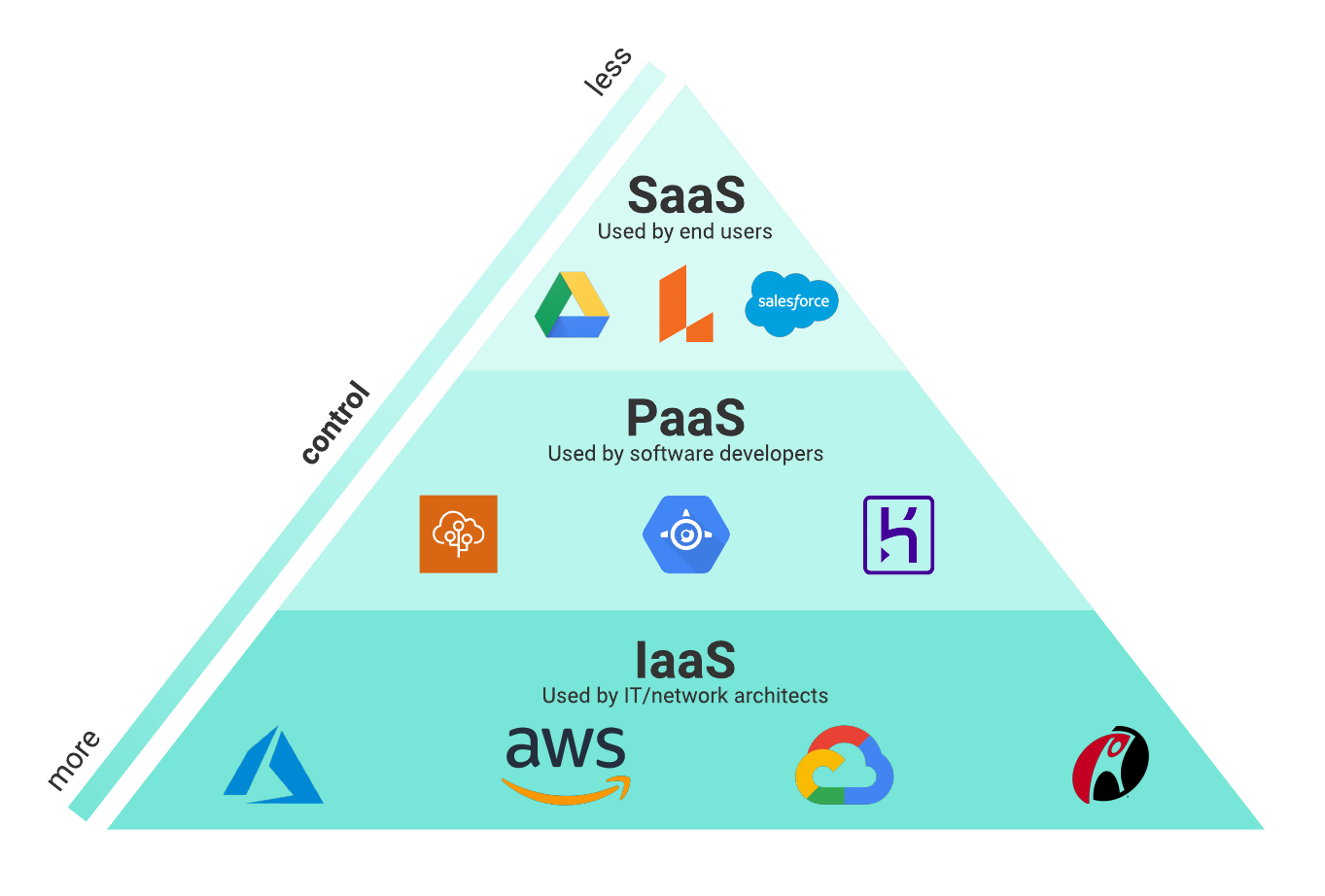Simplify Your Framework With Cloud Provider
As organizations browse the ever-evolving landscape of modern technology and data administration, the role of cloud solutions in streamlining framework has come to be progressively famous. How can services successfully browse this shift and absolutely open the possibility of cloud services for streamlining their framework?
Benefits of Cloud Provider
Cloud services supply a structured technique to handling IT facilities, providing services with cost-efficiency, flexibility, and scalability. Among the key benefits of cloud solutions is the scalability they use. Companies can conveniently scale their resources up or down based on need, ensuring they only spend for what they utilize. This versatility is specifically useful for businesses with rising and fall requirements or those experiencing growth.
In addition, cloud solutions eliminate the demand for services to buy expensive hardware and software. This cost-efficiency is a substantial benefit, particularly for tiny to medium-sized business looking to minimize ahead of time expenses. By utilizing cloud solutions, companies can access high-grade IT resources without the substantial cost connected with traditional facilities setups.
Additionally, cloud services supply services with the flexibility to access their data and applications from anywhere with an internet connection. This level of accessibility boosts partnership amongst teams, allows remote work, and raises total performance. The versatility provided by cloud solutions equips organizations to adapt rapidly to changing market problems and client demands.
Price Cost Savings and Scalability
Along with the functional benefits highlighted previously, the assimilation of cloud services right into a firm's facilities brings forth considerable price financial savings and enhanced scalability. Cloud solutions provide a pay-as-you-go design, permitting businesses to range resources up or down based upon existing requirements, thereby avoiding the expenses related to maintaining excess ability. This adaptability enables firms to adjust rapidly to varying demands without incurring unnecessary expenses.
Moreover, cloud services get rid of the demand for upfront investments in equipment and software application, reducing capital investment. Operating budget are also lessened as companies no longer require to take care of and keep physical servers, resulting in reduced energy consumption and IT staffing costs. Furthermore, cloud services give automated updates and maintenance, guaranteeing that the infrastructure continues to be updated and protected without requiring hands-on interventions.
Improved Safety Measures
Implementing stringent security measures is paramount when incorporating cloud solutions right into a business's infrastructure to secure sensitive information and guarantee compliance with industry guidelines. Cloud service carriers offer improved safety and security features such as information encryption, firewall software defense, and multi-factor authentication to minimize cybersecurity dangers.
In addition, regular security audits and conformity evaluations aid recognize susceptabilities and make certain adherence to industry criteria. Firms can also gain from attributes like computerized safety updates and real-time hazard surveillance given by cloud company. By prioritizing safety and security procedures and remaining aggressive in dealing with potential threats, companies can with confidence take advantage of cloud solutions while protecting their useful data from unauthorized access or breaches.
Transitioning to Cloud Facilities
To successfully incorporate cloud solutions into a firm's infrastructure, a structured approach that deals with the shift towards cloud-based remedies is necessary. Transitioning to visit this page cloud infrastructure involves cautious planning and execution to make certain a smooth migration process - linkdaddy cloud services press release.
As soon as the evaluation is full, a migration approach ought to be established. This technique should describe the timeline, resources, and obligations for moving each component to the cloud. It is important to connect this strategy clearly to all stakeholders to make certain alignment and decrease disruptions during the transition.
During the migration tracking, process and screening are important to identify and deal with any type of issues immediately. right here Routine checkpoints need to be developed to track progression and make necessary changes. Additionally, training for workers on utilizing cloud services should be provided to make certain an effective transition and make best use of the advantages of the brand-new framework.
Best Practices for Cloud Adoption
Successful adoption of cloud solutions rests on the critical alignment of business goals with technical abilities and organizational readiness. To guarantee a smooth change to the cloud, organizations need to begin by carrying out a thorough assessment of their current facilities and determining which work are best suited for cloud migration. It is vital to involve crucial stakeholders from various divisions in the decision-making procedure to acquire buy-in and resolve any type of problems at an early stage.
An additional ideal practice for cloud adoption is to focus on protection and compliance. Organizations should meticulously examine the safety and security actions provided by cloud service companies and make certain that their information is safeguarded according to market standards and regulative needs. Applying durable information file encryption, access controls, and routine safety audits can assist mitigate dangers connected with cloud fostering.

Conclusion

As businesses browse the ever-evolving landscape of technology and data monitoring, the role of cloud solutions in streamlining infrastructure has actually ended up being increasingly popular - linkdaddy cloud services. How can companies successfully navigate this change and really unlock the potential of cloud services for streamlining their infrastructure?
Cloud solutions supply a structured approach to managing IT facilities, giving services with scalability, cost-efficiency, and flexibility. By using cloud solutions, businesses can access top notch IT resources without the substantial rate tag associated with traditional facilities configurations.
To ensure a smooth change to the cloud, organizations should start by carrying out a thorough assessment of their current infrastructure and recognizing which workloads are best fit for cloud movement.